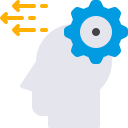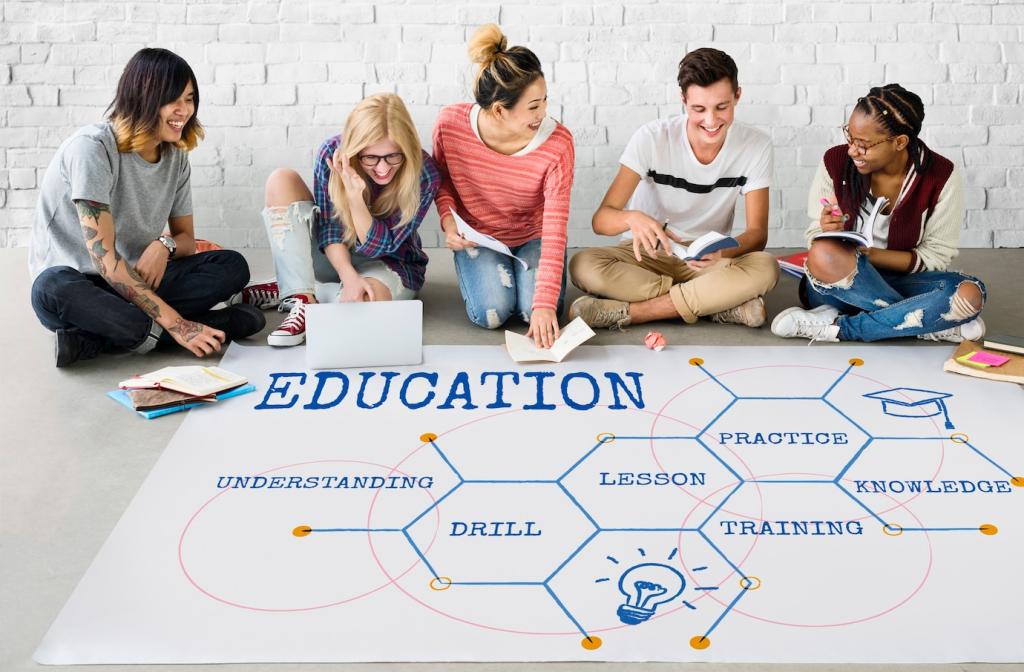Data Foundations: Ethical, Useful, and Safe
Great predictions start with great signals. Focus on features tied to learning, like concept mastery attempts, help-seeking behavior, and progression pace. Avoid proxies that introduce bias, and continuously review feature importance to ensure the model reflects pedagogy rather than convenience.
Data Foundations: Ethical, Useful, and Safe
Build consent, minimization, and security into every pipeline. Use anonymization or pseudonymization, restrict access by role, and log every data touch. Partner with stakeholders to define retention policies, and keep families informed so trust grows alongside the system’s capabilities and benefits.





